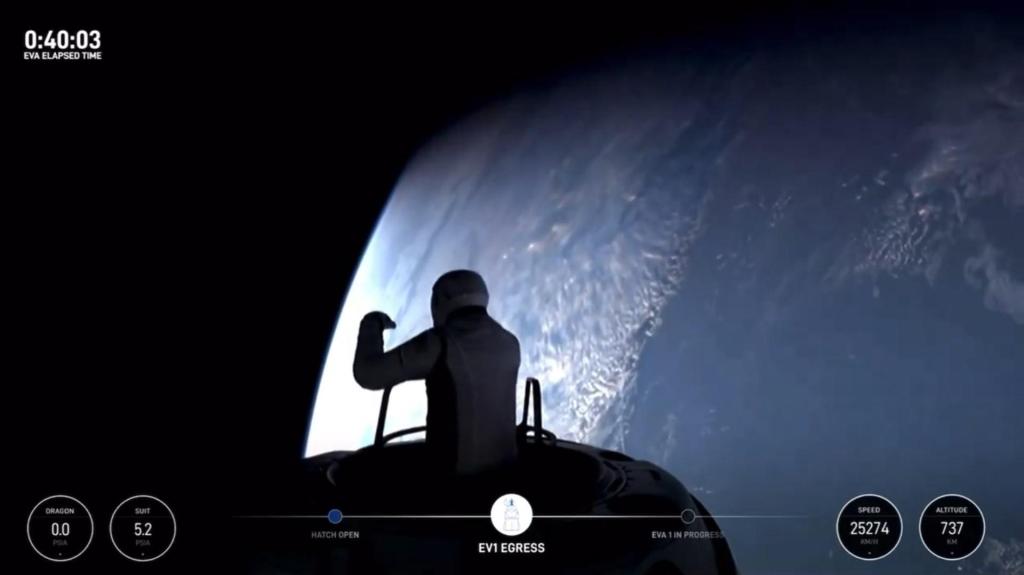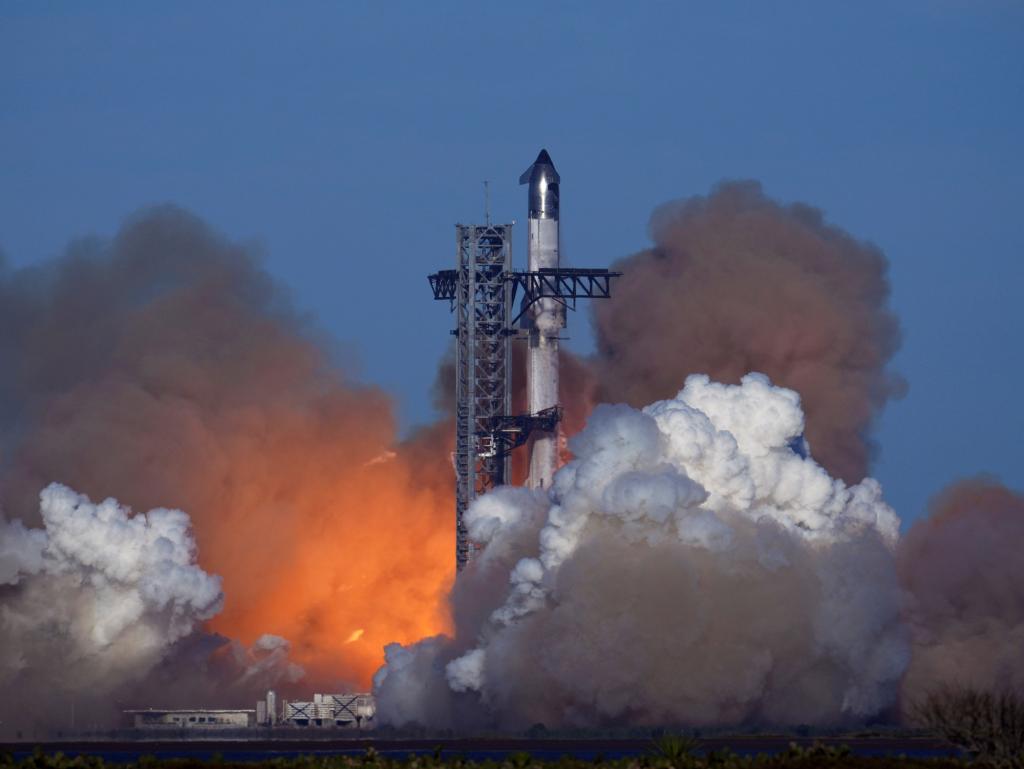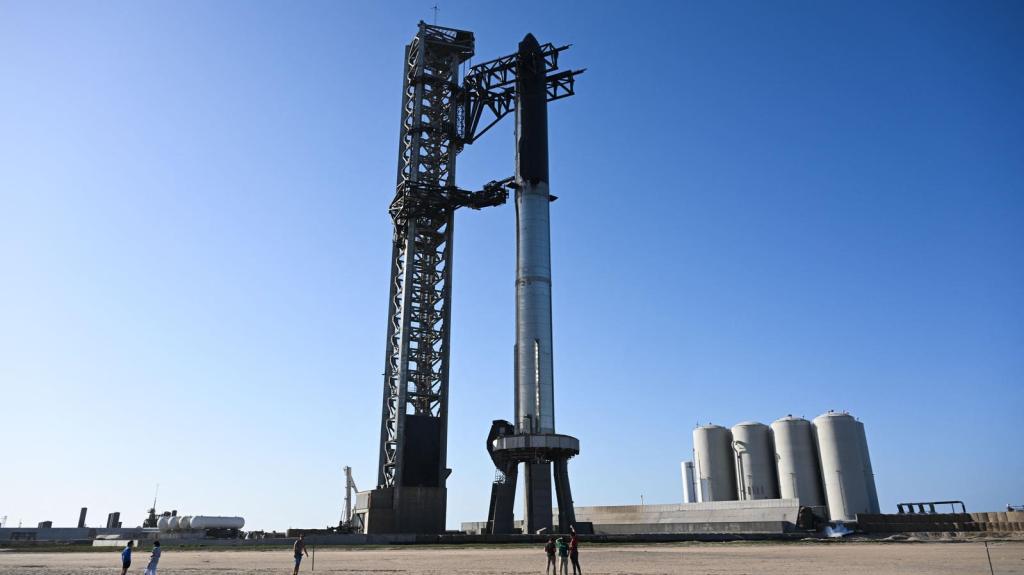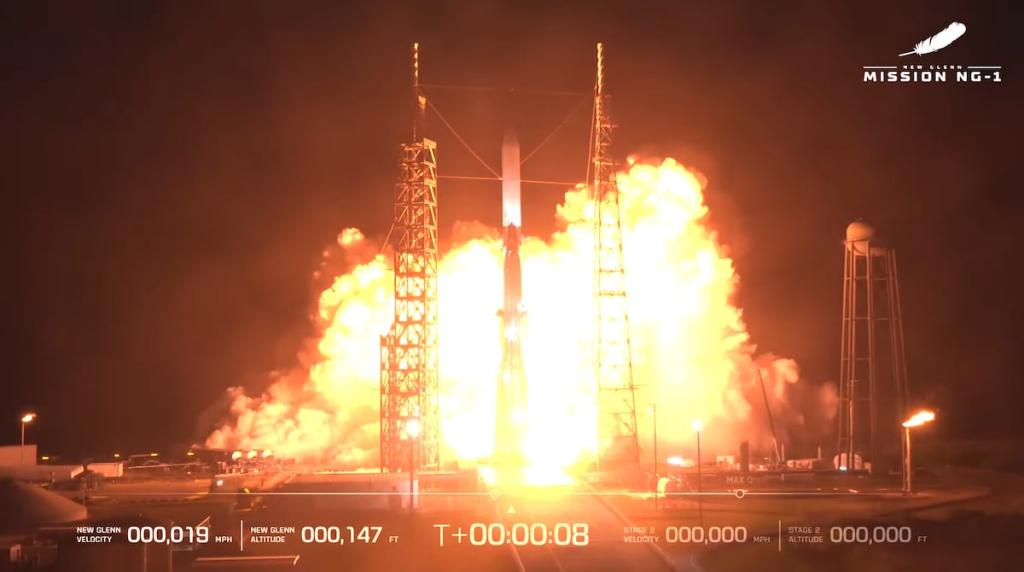Polaris Dawn Mission Breaks Records in Commercial Space Travel
Explore how the Polaris Dawn mission revolutionized commercial space travel with the first-ever commercial spacewalk and groundbreaking scientific achievements.

Key Points
- The Polaris Dawn
mission achieved a record altitude of 1,400 kilometers, the highest humans have traveled since the Apollo missions.
- It marked the first-ever commercial spacewalk, executed by non-professional astronauts Jared Isaacman
and Sarah Gillis.
- Over 40 scientific experiments were conducted, focusing on human health and advanced communication technologies, paving the way for future long-duration space missions.
The expanse of space has always fascinated humanity, and with each passing year, we seem to inch closer to unlocking its secrets. Recent advancements in commercial space travel represent a remarkable leap forward, paving the way for a future where space is accessible to all. The Polaris Dawn mission, launched and managed by
, is a powerful testament to this shift, marking a historic milestone in human exploration.
The Milestones Achieved
On a serene Sunday morning, the Polaris Dawn crew successfully returned to Earth, concluding a mission that has redefined possibilities in the commercial space sector. This mission, commanded by billionaire Jared Isaacman, included three pioneering astronauts:
, Anna Menon, and Sarah Gillis. Together, they accomplished a significant feat: reaching an altitude of 1,400 kilometers (approximately 870 miles), a record not surpassed since the Apollo missions of the 1970s.

But the Polaris Dawn mission was not just about reaching breathtaking altitudes; it was also ground-breaking in terms of activities conducted in space. The mission included the world's first commercial spacewalk, executed by Isaacman and Gillis. This was a significant milestone since previously, only astronauts from government space agencies had performed such maneuvers.
Scientific Contributions
During their five days in orbit, the Polaris Dawn crew engaged in over 40 scientific experiments, focusing on long-duration flight impacts on human health and testing new inter-satellite communication technologies. Notably, they explored the effects of microgravity—a key aspect for future long-term missions to Mars and beyond. Gillis, a trained violinist, even performed a piece of music during the mission, utilizing SpaceX's
satellite system to stream her performance back to Earth, showcasing the potential of modern technology to bridge distances.
According to Isaacman, his mission went beyond exploration; it aimed to enhance our understanding of human adaptability in space. The crew’s engagement in rigorous research not only advances our scientific knowledge but also lays the groundwork for subsequent missions to the Moon or Mars, where human longevity and health will be crucial.
The Importance of Private Missions
The Polaris Dawn mission illustrates a fundamental shift in space exploration, highlighting the increasing role of private enterprises in pioneering what was once strictly the domain of government agencies. SpaceX's collaboration with Isaacman has opened doors for further innovation and exploration, emphasizing that the future of space travel lies in partnerships rather than public funding alone.
As the mission proved successful, it positioned Polaris Dawn as the first of three planned missions under the Polaris program. The upcoming missions are set to explore even more ambitious objectives, including crewed flights aboard the newly developed Starship rocket, which is anticipated to expand our reach into deep space.
The Journey Back
Returning to Earth after such a groundbreaking journey is fraught with challenges, as the crew had to navigate the perilous descent through the atmosphere. Their
capsule performed a "de-orbit burn" and, after enduring extreme temperatures due to atmospheric friction, successfully splashed down in the
. This meticulous planning ensured the crew's safety, culminating in what some have described as a seamless execution of complex operations.
Looking to the Future
The achievements of the Polaris Dawn mission do not merely signify a successful expedition; they represent the dawn of a new age in space exploration. As commercial companies like SpaceX continue to break barriers, we find ourselves on the brink of a future where space may no longer be the final frontier but rather a new expanse of opportunity for all of humanity.
With missions like Polaris Dawn paving the way, we are witnessing the emergence of a new era. By continuing to push the boundaries of what is possible, the dream of establishing a human presence beyond Earth feels more attainable than ever.


